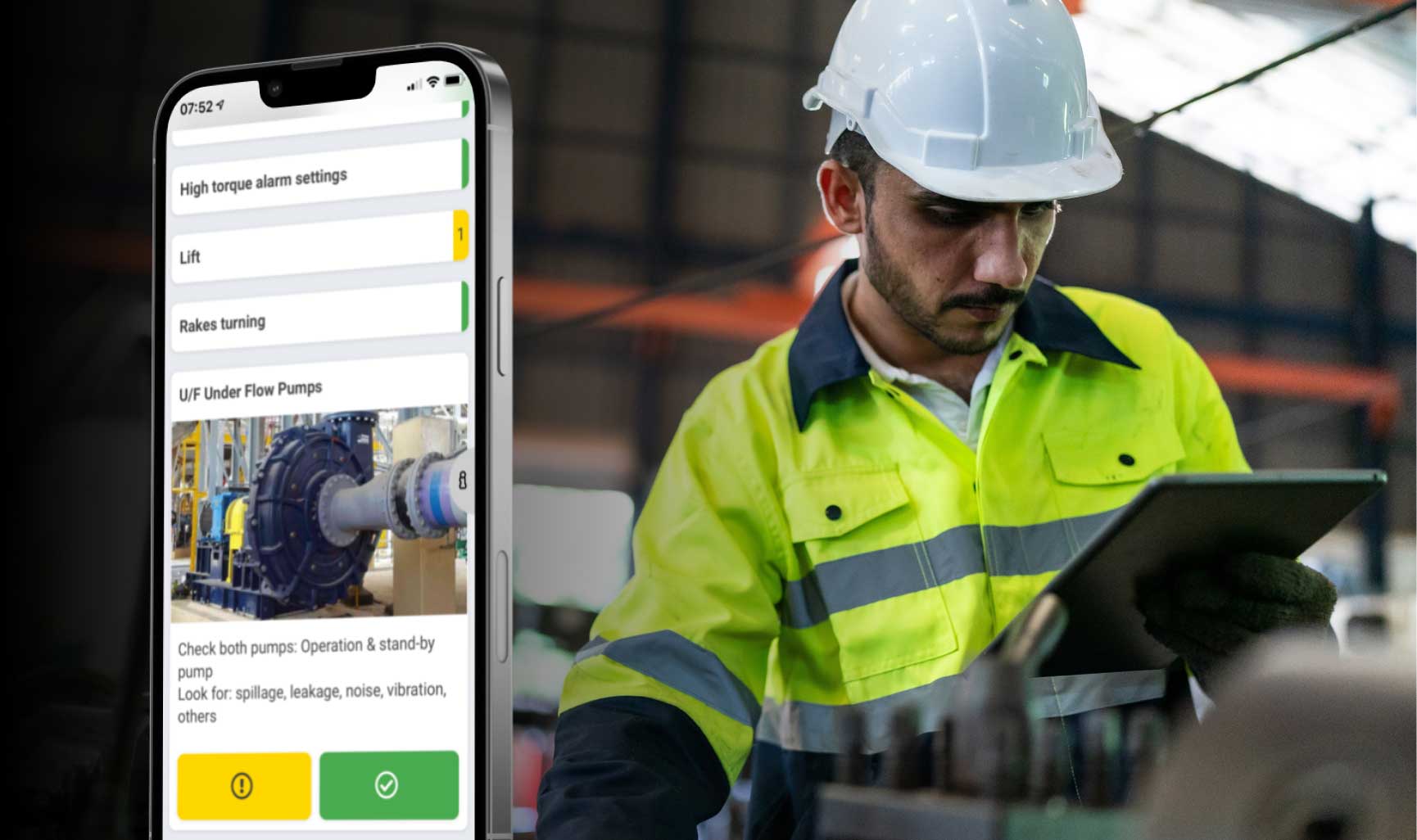2024-04-24
Predictive vs Preventive Maintenance Explained
If you work with maintenance management within the construction materials industry, predictive and preventive maintenance will be on your radar. Each method is a proactive maintenance practice, yet they can offer distinct advantages and drawbacks, supporting different operational needs and objectives. We break down both maintenance strategies – when they should be applied, how they compare, and what to consider when choosing which maintenance approach suits your business best.















